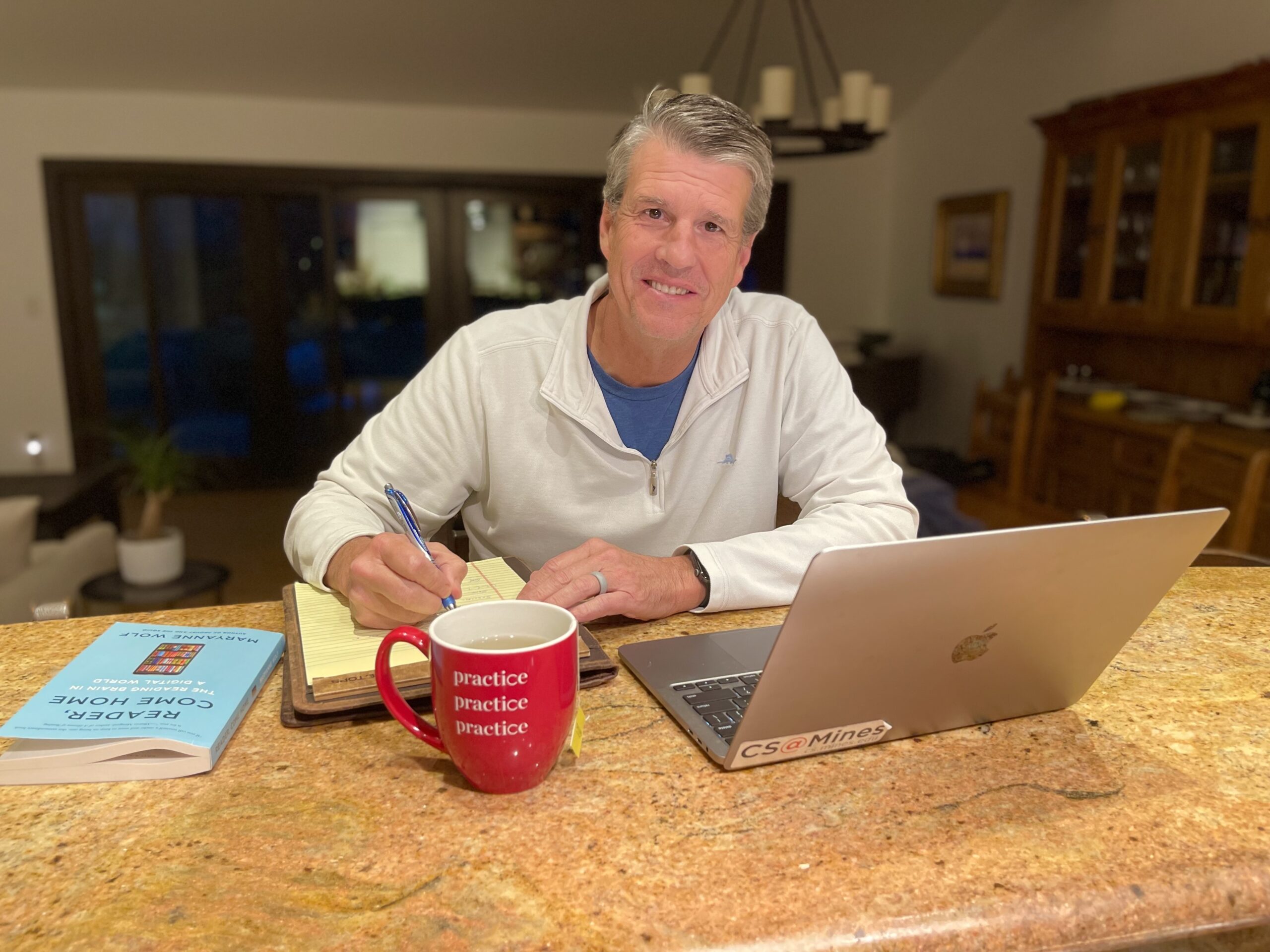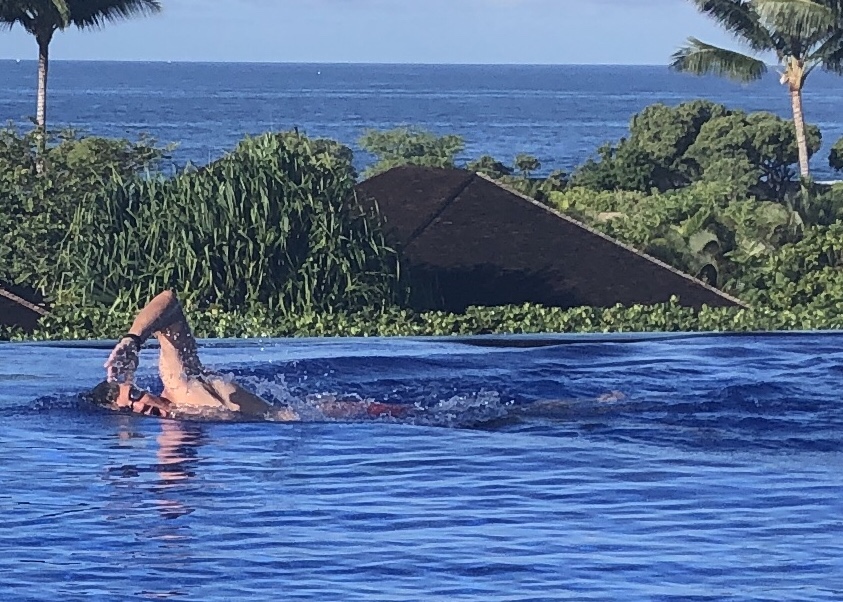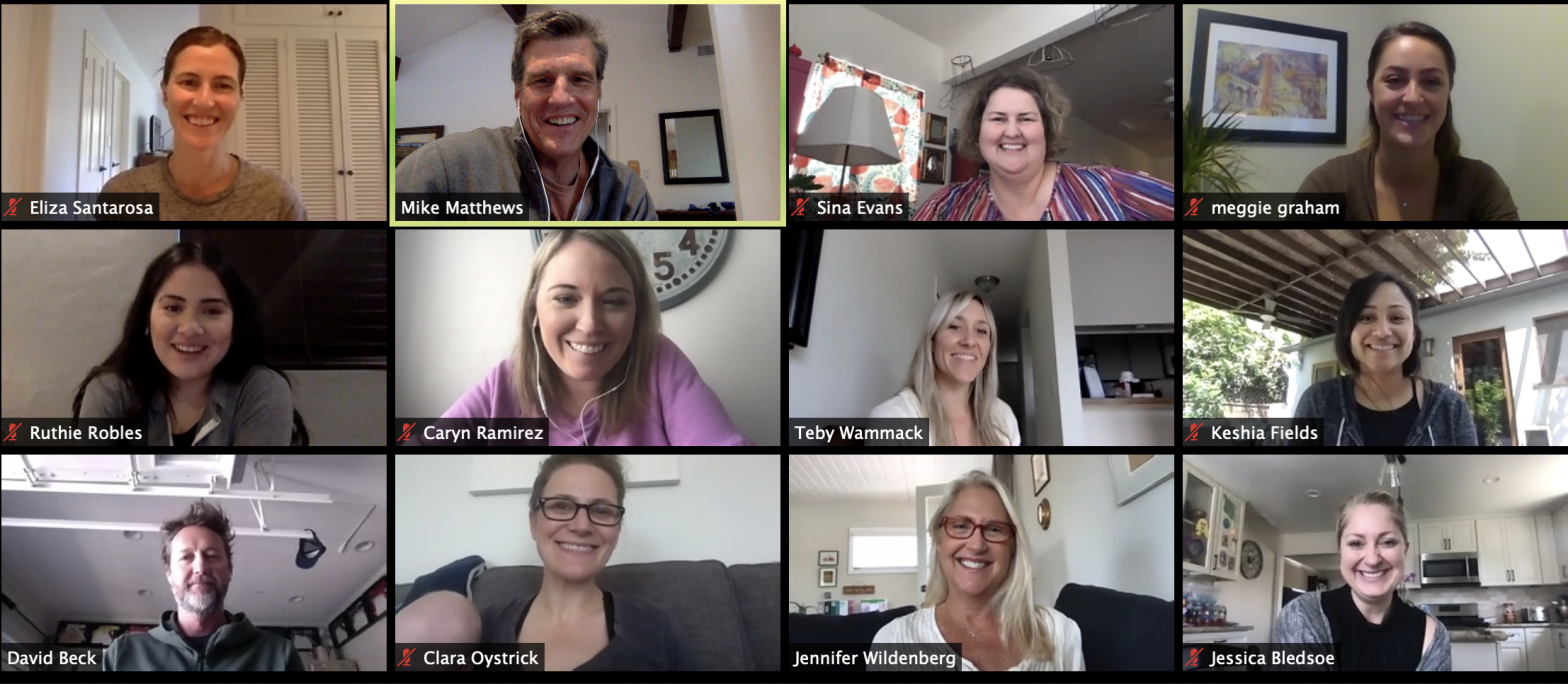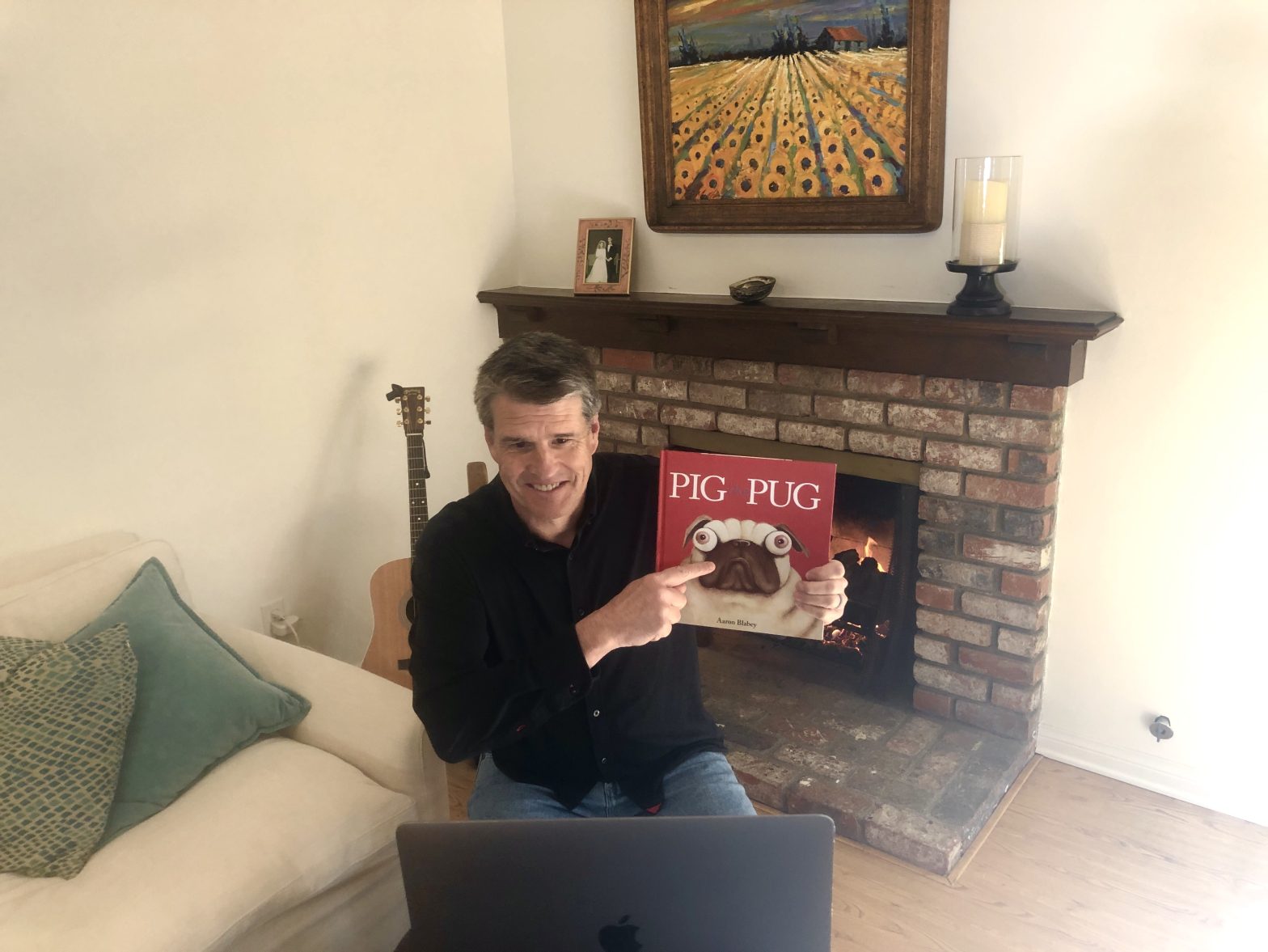
My Writing Journey Started in the Trash Can
January 26, 2024
I did not always consider myself a skillful writer. In fact, back in my high school days, I can recall having the impression that I wasn’t very good at all, and that no one looked forward to reading my thoughts on paper. That impression was certainly reinforced by a singular experience in my senior English […]
Aristotle / Catholic High School / Father Tribou / Maryanne Wolf / retirement

2023 in One Word
January 5, 2023
I hope your new year is going well so far. One of the joys of publishing semi-regular posts on this blog is that it provides a way for me to reconnect with friends from my past. I grew up in Little Rock, Arkansas, and since graduating from high school, I have lived and made lifelong […]
2023 / Catholic High School / LUSD / MBUSD / PYLUSD / Resolutions / SLUSD / SMMUSD / Steven Covey

Beware the Ides of March (Minus Two)
March 16, 2022
March 15 is the Ides of March. The phrase ‘Beware the Ides of March’ is yet another Shakespeare quote still in our lives, made famous as a fortune teller’s warning to Julius Caesar about his impending death. I’ve been in a hilarious email exchange this week with about 20 high school classmates, reminiscing about our […]
Birthday / Catholic High School / COVID / COVID-19 / Ides of March / Little Rock Catholic High School / MBUSD / Superintendent

An Ode to Masters Swimming and the Science of Improvement
October 9, 2021
I remember my first day of swim practice, way back when I was six years old. It was at the Little Rock Boys’ Club and Coach Brooks led the workouts. It was my first experience in a locker room, where I quickly learned that even though I was small enough to do it, you don’t […]
anders ericsson / begg pool / bonnie adair / Catholic High School / clay evans / freakonomics / LMU / masters swimmng / nancy reno / steve hyde

Reflections on School and Life in the Midst of COVID-19 – (#6, Counselors, April 7, 2020)
April 7, 2020
I did not have any counselors in my high school. We had an English teacher, Mr. Bersey, who offered to help students in the college application process, but that was about it. Overnight, he went from being my sophomore year English teacher who taught me words like zephyr and zenith and who also gave me […]
Catholic High School / counseling / counselor / COVID-19 / Distance Learning / Manhattan Beach / mbms / MBUSD / mira costa / SEL / social emotional wellness / Superintendent

Reflections on School and Life in the Midst of COVID-19 – (#4, Distance Learning, March 28, 2020)
March 28, 2020
People are seeking to know the expectations and objectives this new distance learning paradigm. I drafted a set of objectives for our district, then received feedback from a number of teachers and instructional leaders, and together we have developed version one of the MBUSD Objectives for Distance Learning.
Blog / Catholic High School / COVID-19 / Distance Learning / Manhattan Beach / MBUSD / San Lorenzo / Superintendent





